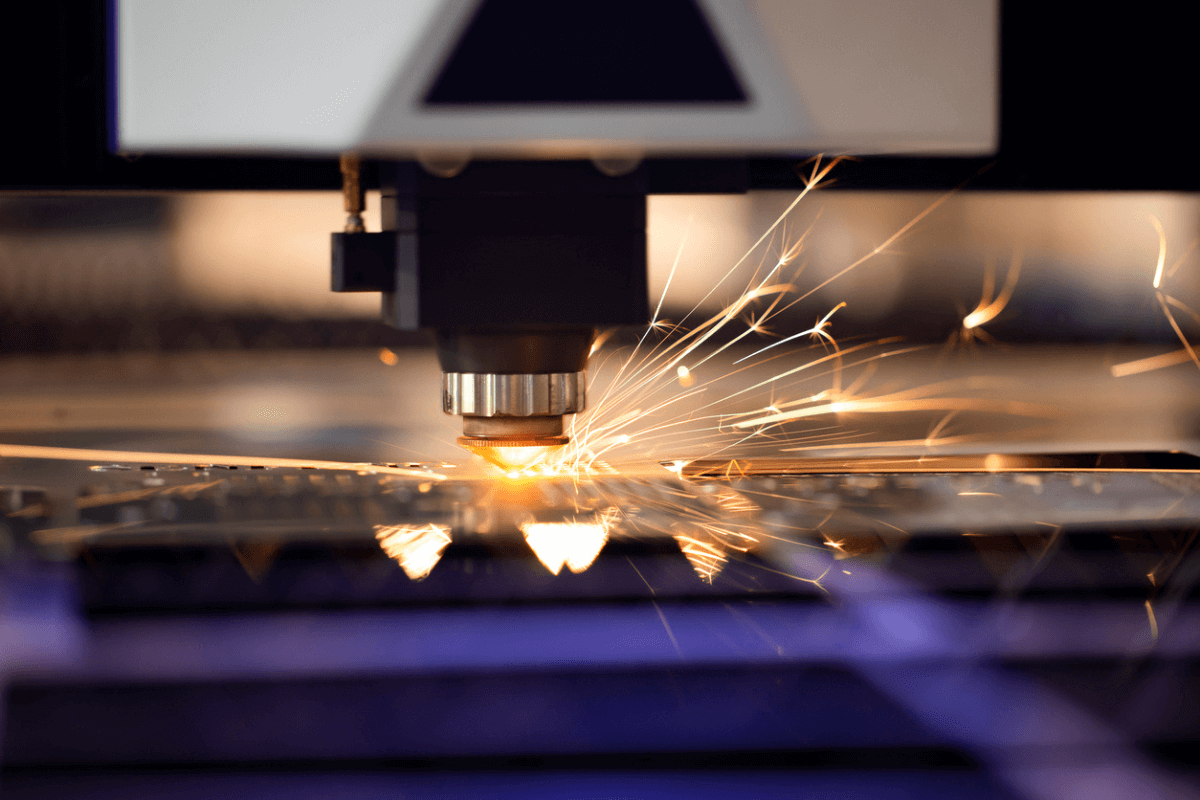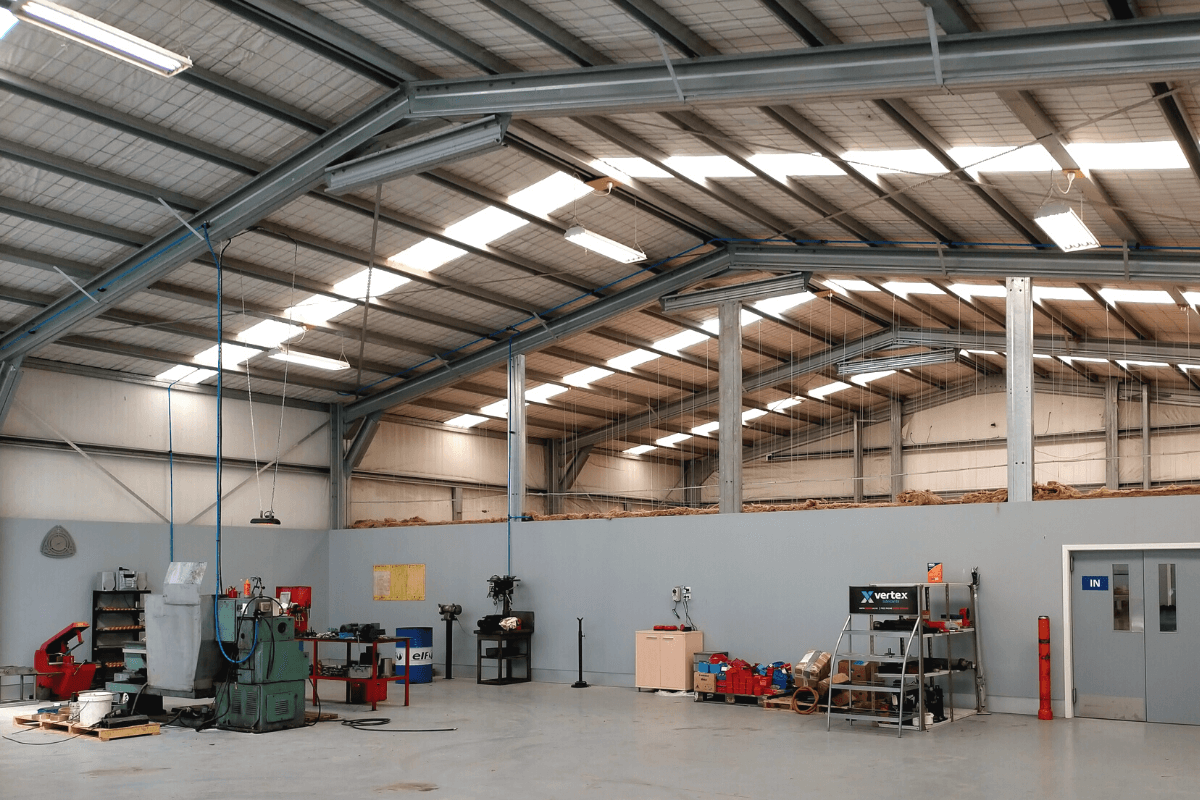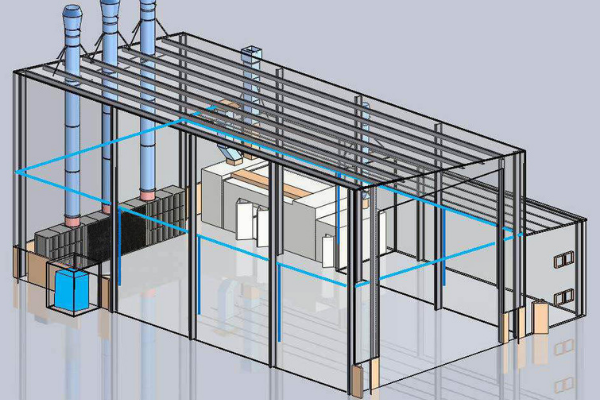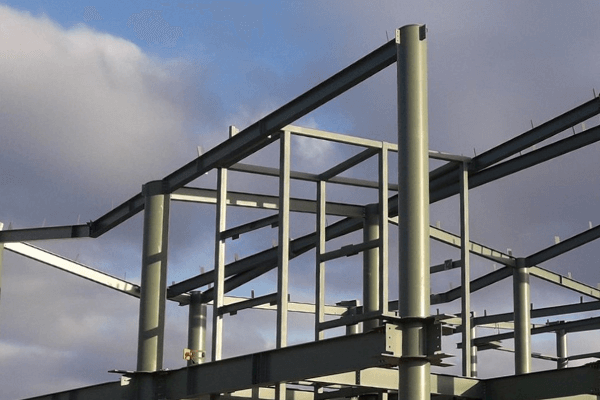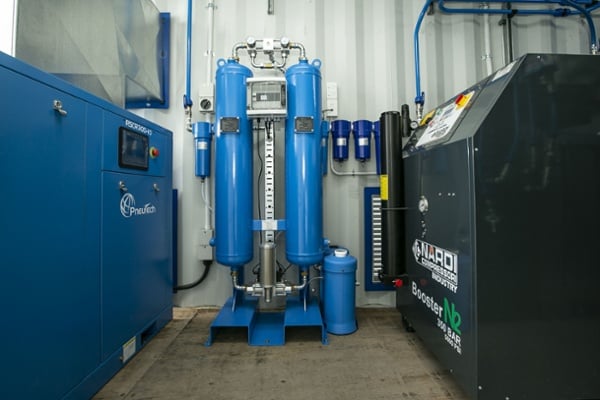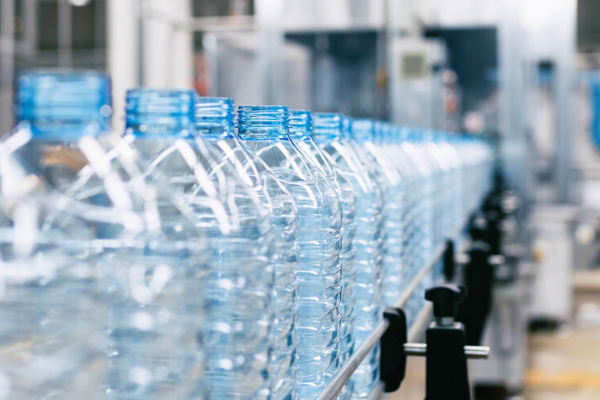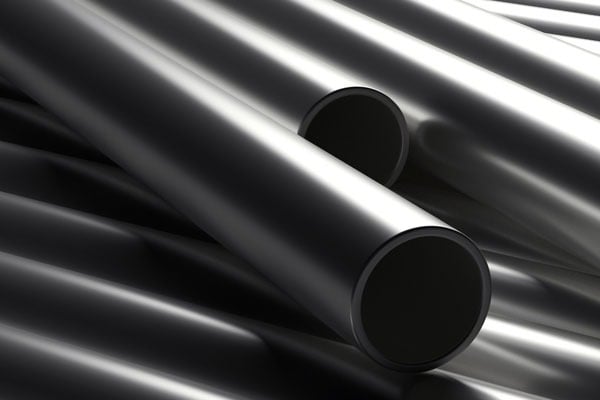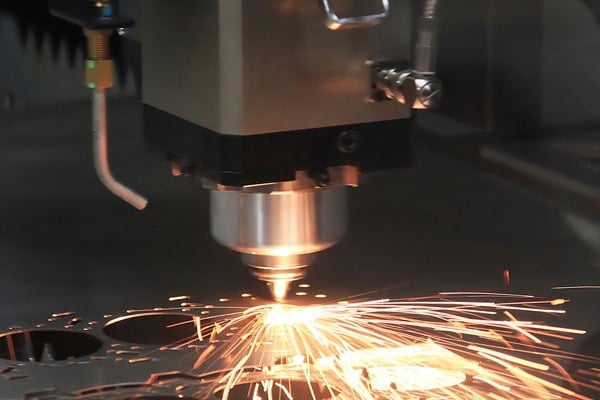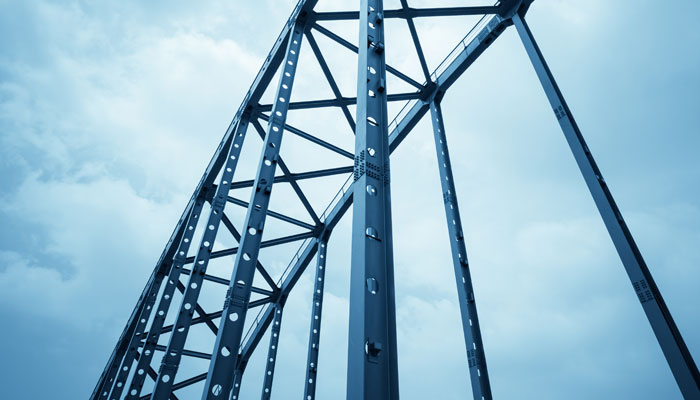Gaseous nitrogen is popular in various industrial operations and high-pressure nitrogen generators are increasingly popular.
In this article, we explain which applications are best suited to high-pressure nitrogen generation. We also share advice on the most effective methods to optimise your system to suit your requirements.
On-site nitrogen generation
While you can order nitrogen in canisters, generating the appropriate quantities onsite is far more cost-effective and efficient. This is achieved by synthesising nitrogen as required, which can be done at a moment’s notice. The most common types of nitrogen generators are outlined below.
On-site PSA nitrogen generators
Using an absorbent medium, PSA nitrogen generators separate nitrogen gas from other gases in the air. The entire process takes approximately 60 seconds, resulting in high-purity nitrogen that is ready to use.
On-site membrane nitrogen generators
Using a specialised membrane, these generators separate air into various gases. The membrane is semi-permeable with hollow fibre filters on its surface. This provides a larger surface area for particular gases to be absorbed, such as nitrogen. This is high-purity nitrogen and can be used immediately for any industrial purpose.
When to use high-pressure liquid nitrogen generators
Air pressure boosters are utilised in several industrial applications including the following.
PET bottle manufacturing
In the production process of polyethylene terephthalate (PET) bottles, an uninterrupted supply of high-pressure gas is required. The blow moulding technique employs compressed air to push the liquefied thermoplastic material into shape. Conventional compression systems are unable to provide consistent air, so an onsite generator with an on-demand air supply is critical.
Industrial pressure testing
When testing tubing, vessels, and piping systems, compressed air is used to check for integrity, reliability, and leak tightness. This takes place both before and after the system is installed on the site, and again during maintenance to ensure optimal performance.
Oil and gas
In hydrocarbon production, nitrogen gas is used during the secondary recovery and enhanced oil recovery (EOR) phases. Pressurised nitrogen gas is used to increase the pressure within the formation which stimulates the well and increases production. Nitrogen can also be used to purge hydrocarbon pipelines of toxic substances.
Modified atmosphere packaging
Nitrogen is often used during the food packaging process, particularly with modified atmosphere packaging (MAP). Typically, nitrogen is combined with an active gas, such as carbon dioxide, to extend the shelf life of the packaged food.
Inerting, purging, and blanketing
Nitrogen is one of the most widely used gases for inerting, purging, and blanketing. These processes are used to clear potentially harmful materials from tanks and pipelines or to control the atmosphere within them. Without this step, the risk posed by flammable, explosive, or toxic materials can lead to serious operational problems and safety concerns.
Nitrogen is the most common gas used in these processes because it is cost-effective, easy to produce, and relatively safe.
Coal mines
Nitrogen generators are popular among coal mine owners as a safety measure against fires and to reduce explosions.
Due to its inert nature, nitrogen is often introduced to reduce the oxygen level inside a coal mine. Less oxygen in the air diminishes the risk of mine fire and helps to keep mine workers safe. If fires do occur, nitrogen also helps put them out. This is more effective than water, sand, or foam.
Additionally, nitrogen makes abandoned mines inert to reduce the risk of explosion. When a mine is closed, confined gas builds up and can become inflammable when it comes into contact with oxygen. To make the atmosphere of those mines inert, inert nitrogen can be introduced instead. This can reduce the oxygen level to less than 10%.
Laser cutting
Because of its inert nature, nitrogen can be used during the laser-cutting process to reduce undesirable oxidation. When the metal is cut, the nitrogen displaces oxygen from the surface to provide a high-quality finish. Since laser cutting requires a constant supply, an on-site nitrogen generator is a must.
Electronics manufacturing
When manufacturing electronics, nitrogen is used for a variety of purposes including soldering, cleaning, and adhesive blanketing.
During these processes, nitrogen helps to maintain a consistent atmosphere, which in turn creates cleaner finishes. When cut quality is a high priority, nitrogen is regarded as the assist gas of choice. Nitrogen also reduces the amount of dross produced during soldering.
Laboratories
In laboratories, consistency is vital. For this reason, nitrogen is often used to maintain atmospheric conditions and control highly sensitive situations. On-site nitrogen generators help to streamline these laboratory processes, offer consistent purity levels, and create a comfortable working environment.
Nitrogen generators NZ
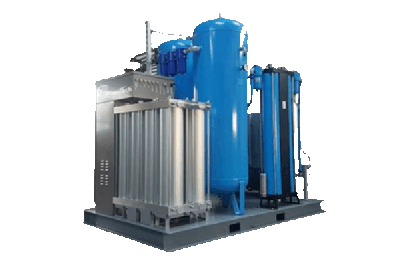 If your industrial plant or factory needs a dependable and high-quality nitrogen gas supply, we have you covered. Our selection of PneuTech nitrogen generators delivers unparalleled on-site performance for both small and large-scale operations.
If your industrial plant or factory needs a dependable and high-quality nitrogen gas supply, we have you covered. Our selection of PneuTech nitrogen generators delivers unparalleled on-site performance for both small and large-scale operations.
Nitrogen is a crucial element in numerous key industries, including food and beverage, dairy, wine, pharmaceuticals, medical, as well as many specialised applications such as breweries. Moreover, nitrogen serves as a viable and cost-effective substitute for carbon dioxide, which is becoming increasingly difficult to source. This makes nitrogen an optimal choice for many high-pressure industrial applications.



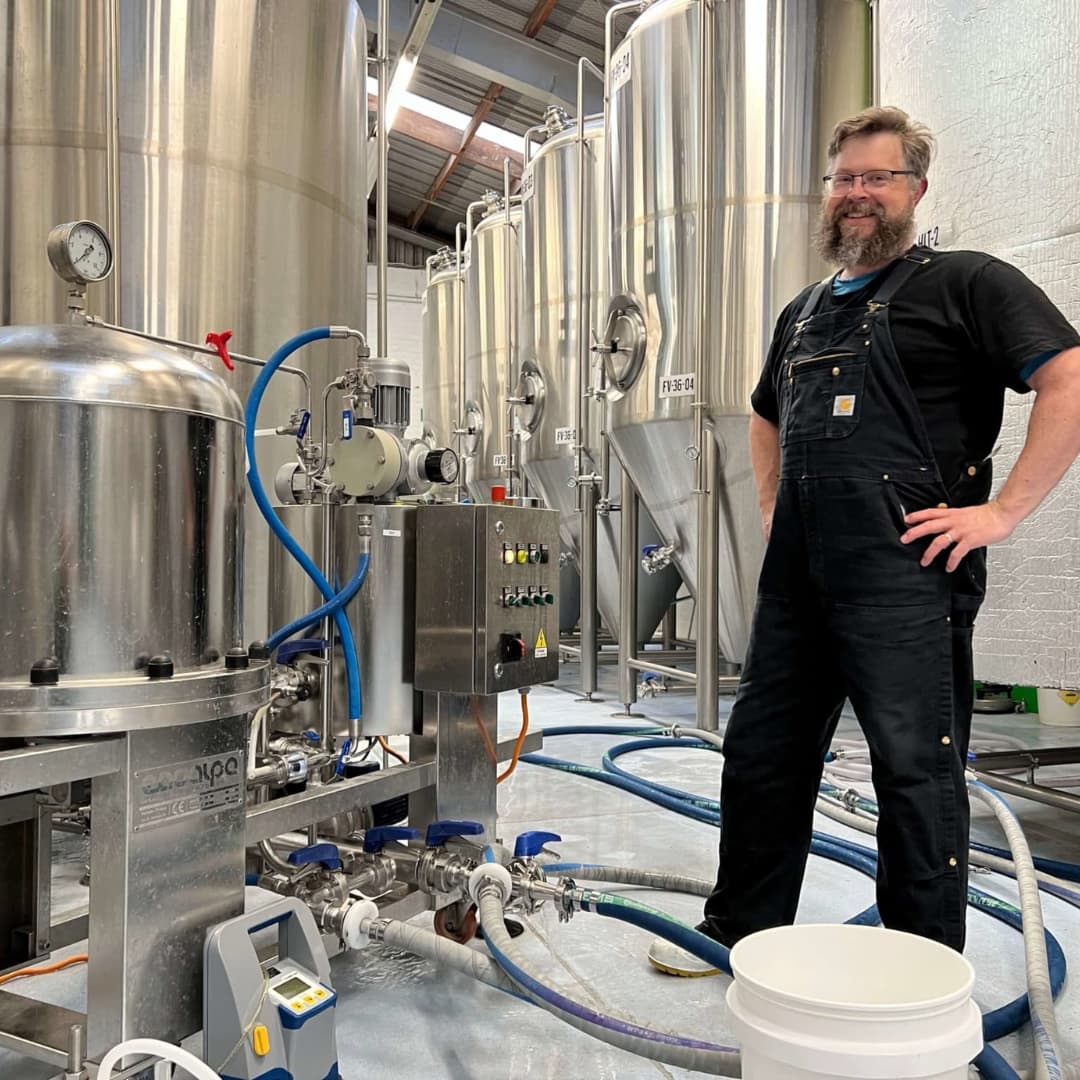
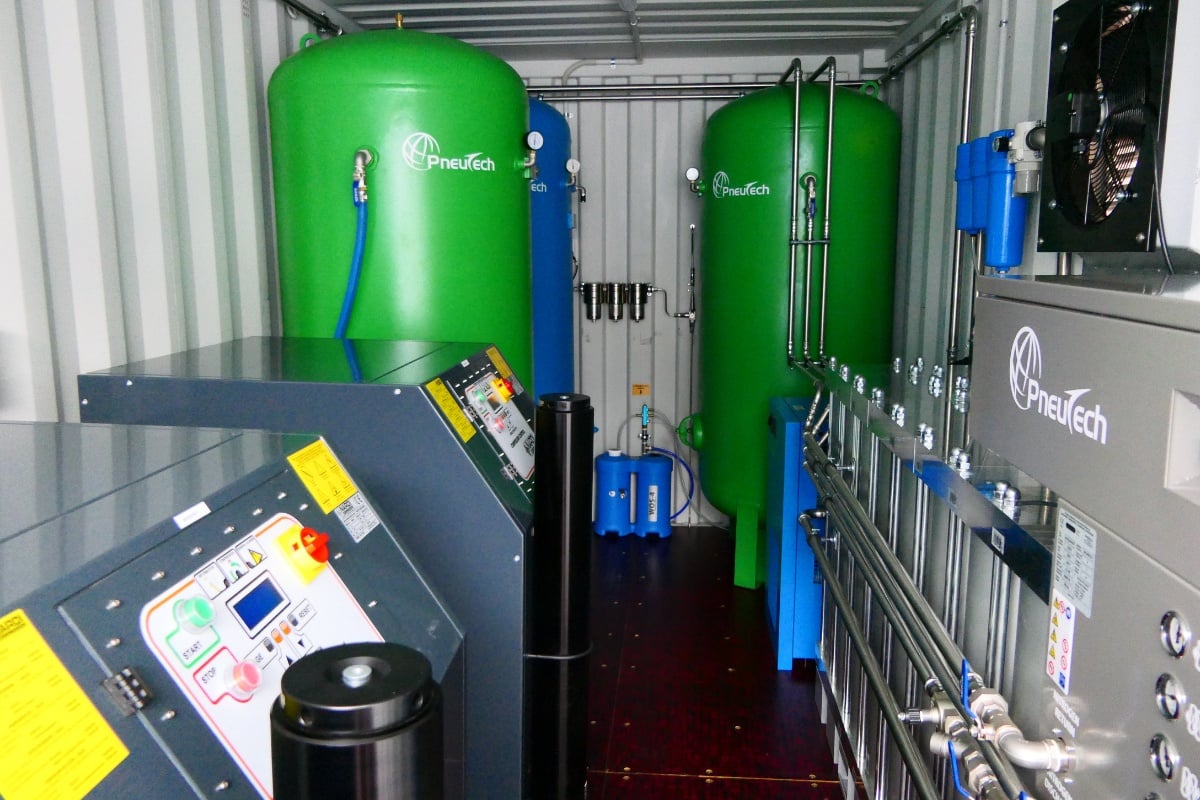
.jpg)


